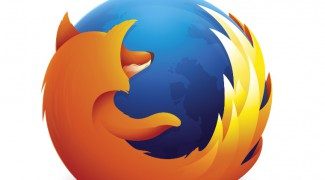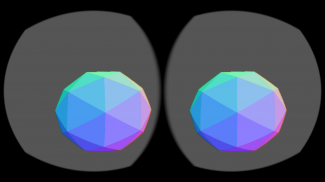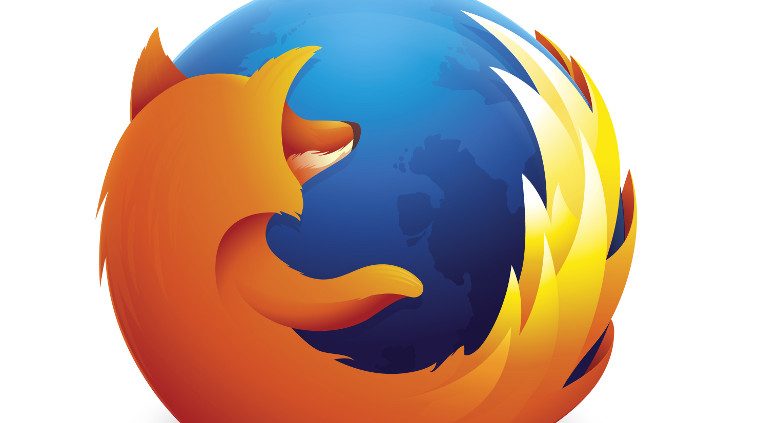 Those who are old enough to remember VRML, will recall that the the technology rode the wave of virtual reality hype in the 90’s, fusing the burgeoning world wide web with a vision of dragging the Metaverse from the pages of fiction to consumer reality. The dream died when virtual reality as a technology failed to gain traction in and the movement fell out of favour with technologists. The idea behind VRML’s ambitions however lived on.
Those who are old enough to remember VRML, will recall that the the technology rode the wave of virtual reality hype in the 90’s, fusing the burgeoning world wide web with a vision of dragging the Metaverse from the pages of fiction to consumer reality. The dream died when virtual reality as a technology failed to gain traction in and the movement fell out of favour with technologists. The idea behind VRML’s ambitions however lived on.
Now of course, virtual reality is experiencing its renaissance, growing stronger and faster and presenting the best chance yet of its technology and ideas finding a place in reality. Although VRML is all but dead, its successor, X3D has actually made significant inroads into establishing standards for programmers to render accelerated 3D in browsers, but the public push to encourage adoption of these technologies remained absent.

Now it seems that the Mozilla Foundation wants to take VR’s new found lease of life and kickstart the browser based VR movement. In a recent blog post Vladimir Vukićević, a well known graphics programmer who has worked extensively on accelerated 3D technologies for the web, including the formation of the WebGL standard, has announced a set of new APIs to do just that. He writes:
There has been a lot of excitement around Virtual Reality recently, with good reason. Display devices such as the Oculus Rift and input devices such as the Leap Motion, PrioVR, Sixense Stem and many others are creating a strong ecosystem where a high-quality, consumer-level VR experience can be delivered.
And alludes to that reignition of the dream to realise the Metaverse:
The opportunity for VR on the Web is particularly exciting. The Web is a vibrant, connected universe where many different types of experiences can be created and shared. People can be productive, have fun and learn all from within their browser. It is, arguably, an early version of the Metaverse — the browser is the portal through which we access it. It’s not perfect, though, and lacks many of the “virtual” and “immersive” aspects. Given that, could we not expand the Web to include the immersive elements of a fully three-dimensional virtual universe? Is it possible for the Web to evolve to become the Metaverse that Stephenson envisioned?
He then goes on to detail that the new project aims to add support for virtual reality hardware devices so that programmers can present virtual reality content direct from a user’s browsers. Beginning with experimental builds of the Firefox browser, the 2nd most popular – 2nd only to Google’s Chrome, the aim is to add these initial features:
- Rendering Canvas (WebGL or 2D) to VR output devices
- Rendering 3D Video to VR output devices (as directly as possible)
- Rendering HTML (DOM+CSS) content to VR output devices – taking advantage of existing CSS features such as 3D transforms
- Mixing WebGL-rendered 3D Content with DOM rendered 3D-transformed content in a single 3D space
- Receiving input from orientation and position sensors, with a focus on reducing latency from input/render to final presentation

The core aim is to make any virtual reality hardware devices connected when running VR enabled content, transparent to the code behind the application – enabling apps rendering using WebGL and Canvas to seamlessly fire up a view in whatever HMD is connected.
It’s early days yet, but already developers have spring into life with examples of the new standard in action along with tutorials on how to get started.
Browser support enabling easily accessibly and extensible web content designed for virtual reality is a significant and important step. The bridging of immersive technology and the access to networked information steps us closer to realising an accessible Metaverse for all.







